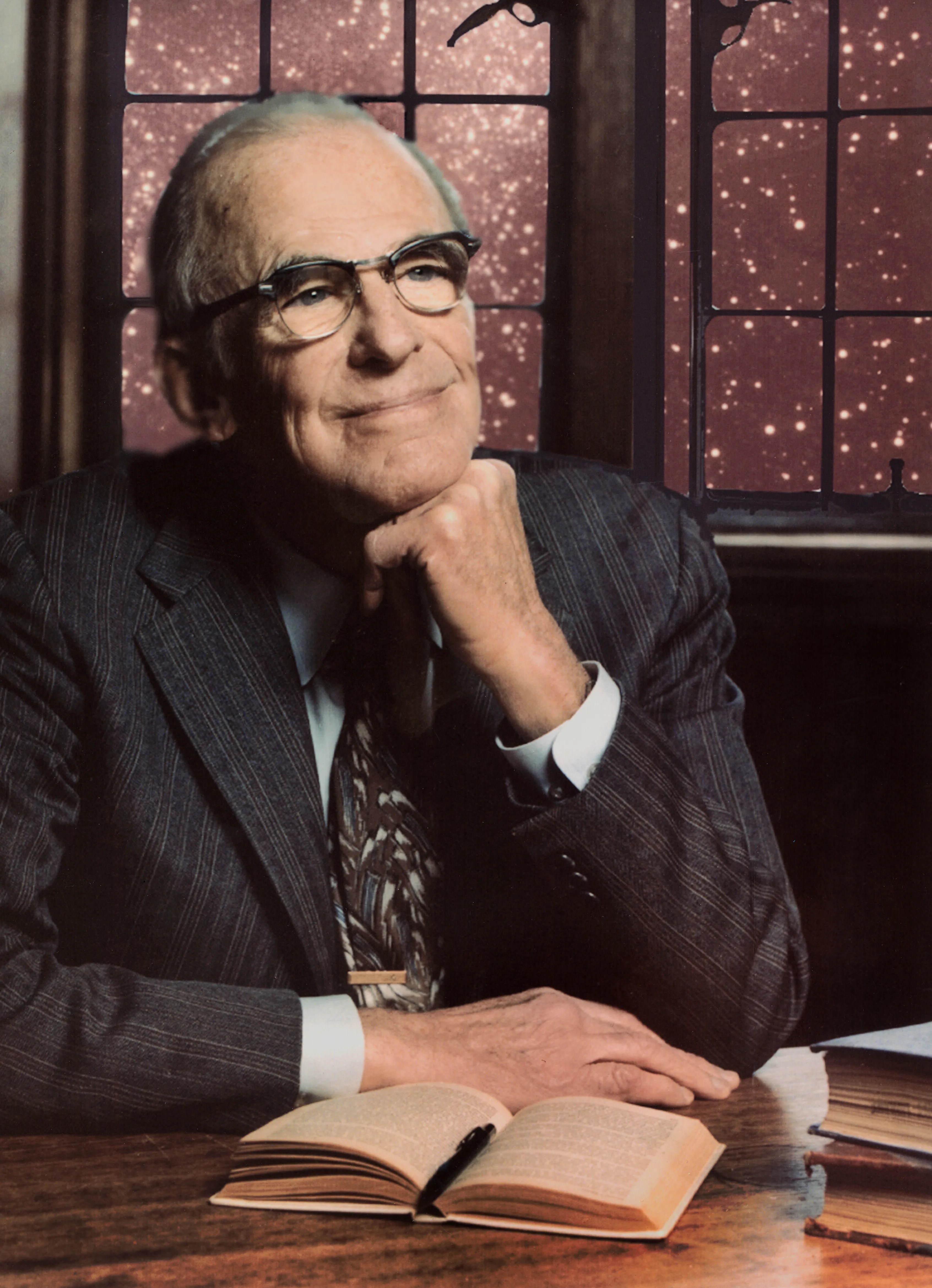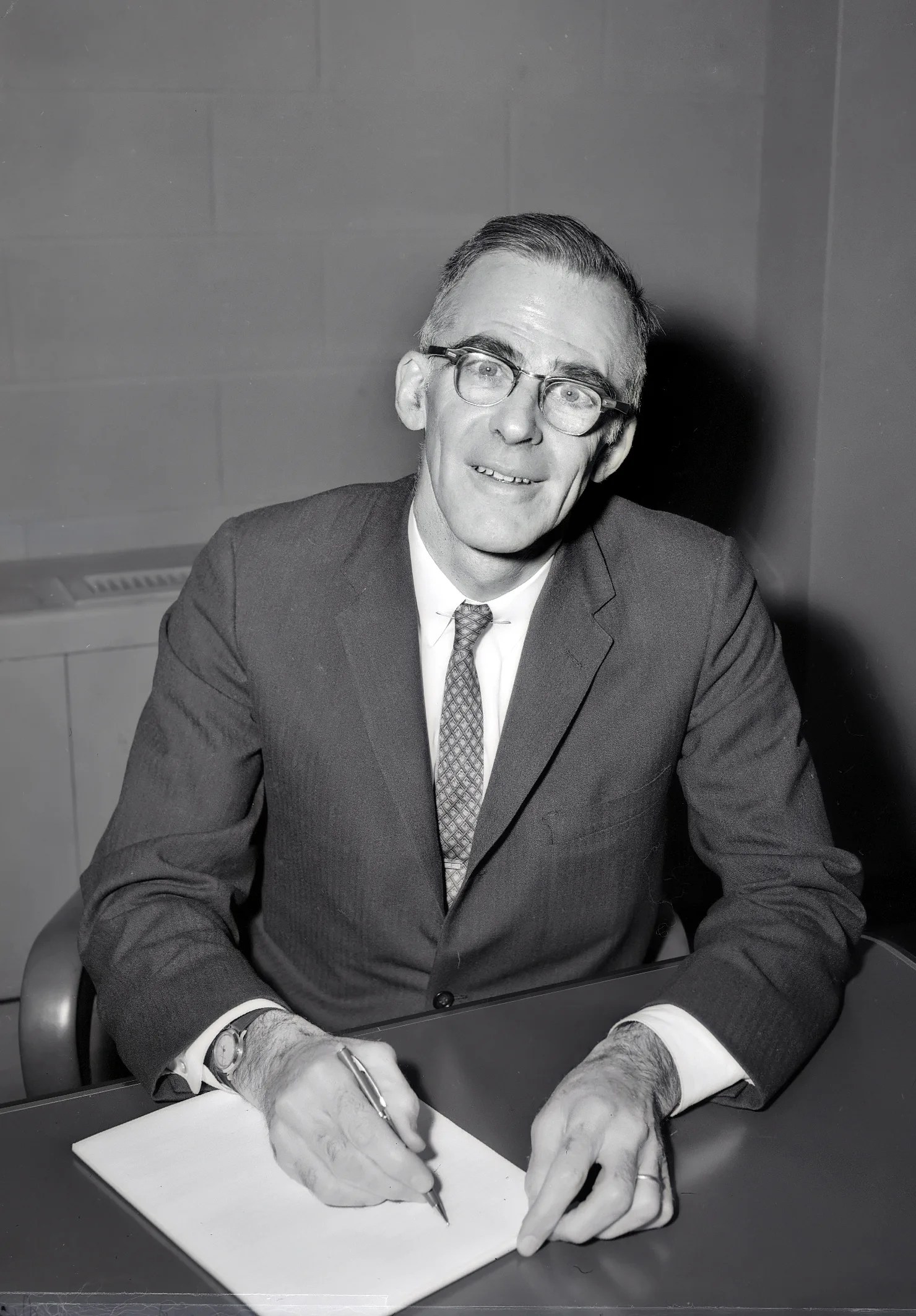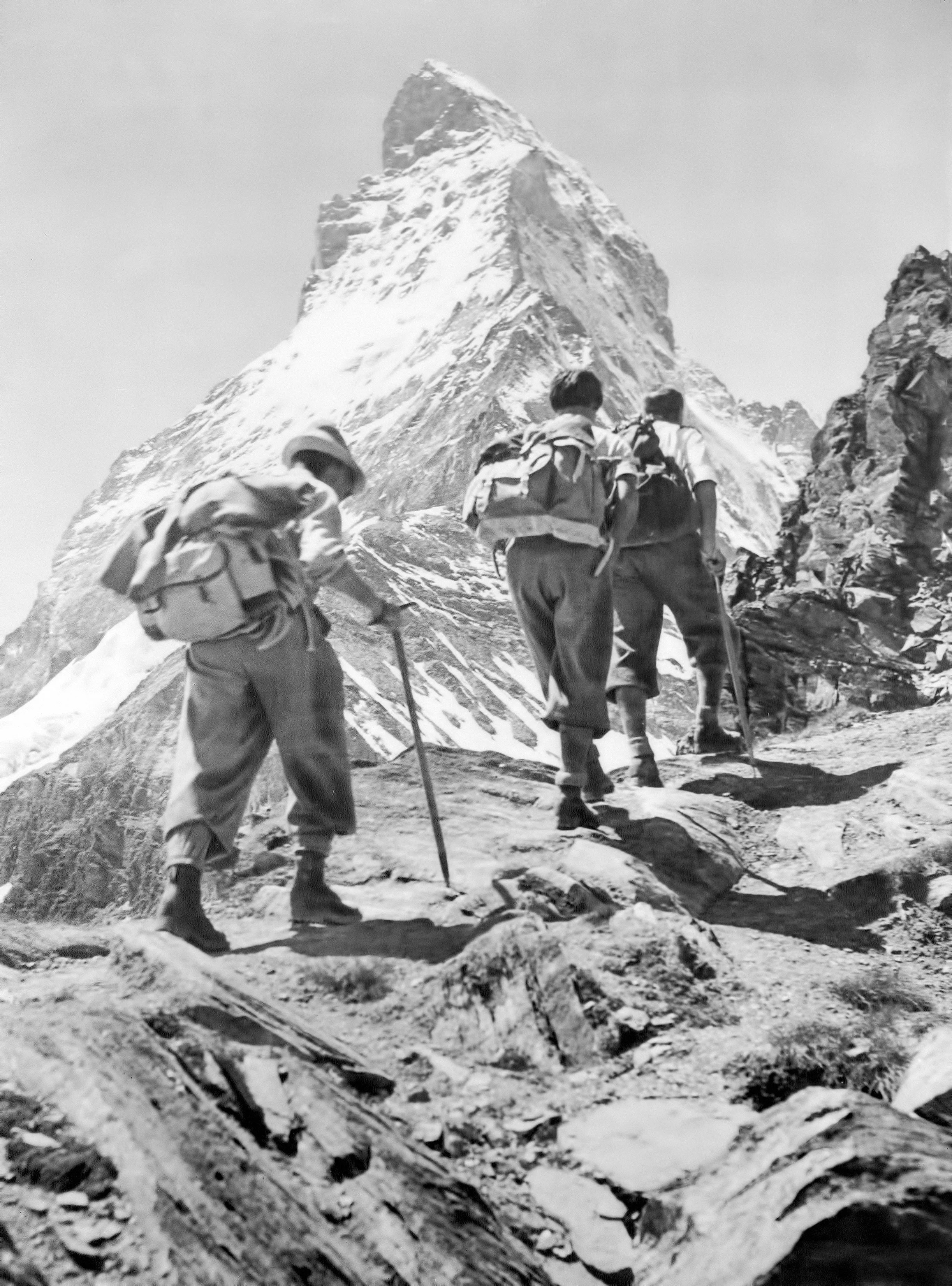
Lyman Spitzer
(1914 - 1997) American Astrophysicist
The Hubble Space Telescope’s dazzling views of the cosmos are the result of its location. Orbiting 340 miles above our planet, the telescope floats beyond the distorting and light-blocking effects of Earth’s atmosphere. It bears the name of astronomer Edwin Hubble, who discovered the expansion of the universe that the telescope would one day measure and further define.
But he wasn’t the one who thought to put it there.
That credit goes to American astrophysicist Lyman Spitzer, who dreamed about the discoveries a telescope in space could make a decade before the first satellite entered orbit.
Spitzer first proposed his ideas for a space-based observatory in 1946, in his paper "Astronomical Advantages of an Extra-Terrestrial Observatory." He described a telescope that would observe wavelengths of light not easily seen by ground-based telescopes. Beyond the limitations of Earth’s atmosphere, a space telescope could get higher quality images and see further into unimagined parts of space.
Spitzer argued that the primary contribution of orbiting observatories would not be “to supplement our present ideas of the universe we live in, but rather to uncover new phenomena not yet imagined, and perhaps to modify profoundly our basic concepts of space and time."
A large, reflecting telescope placed in orbit around Earth would allow humanity to better understand the magnitude of our universe and make it possible to explore the structures of galaxies, globular star clusters, and other planets in the cosmos, he urged.

The National Academy of Sciences established a committee to define the scientific objectives for a proposed large space telescope in 1965. Chosen as head of the committee, Spitzer made it his goal to convince the scientific community, as well as Congress, that putting a large telescope in space would become our gateway to the cosmos.
In 1977, his ideas came to life — NASA, along with the European Space Agency, began developing what would one day become the Hubble Space Telescope.
Throughout his early life, his curiosity about space fueled his education.
Born in Toledo, Ohio, the son of Lyman Spitzer Sr. and Blanche Carey, Spitzer graduated from Yale University with a bachelor's degree in physics in 1935. He then spent a year at Cambridge University, going on to earn his master’s degree and a doctorate in astrophysics at Princeton University in 1937 and 1938.
Spitzer then spent a brief time working as a postdoctoral fellow at Harvard University and a faculty member of Yale University. In 1947, at the age of 33, Spitzer was appointed chairman of Princeton's Department of Astrophysical Sciences, where he also became the director of Princeton's observatory. Once asked by a colleague if he would ever consider leaving the university, he responded, “Only if my desire to build a large telescope in space could not be fulfilled at Princeton.”
Spitzer’s yearning for exploration wasn’t limited to the cosmos; he also explored Earth. An avid skier and mountain climber, Spitzer became one of the first to climb Mount Thor in Auyuittuq National Park in Canada in 1965. He even, at one time, scaled the Gothic-style tower on the Princeton campus.

Spitzer's efforts resulted in the inception, construction, and launch of the Hubble Space Telescope in 1990.
But Spitzer’s earlier vision of space-based telescopes began a new era for the field of astronomy. Now, over 75 years after his first musings about orbiting observatories, space telescopes have enabled us to see billions of light-years back in time and helped us understand the evolution of galaxies and the universe itself.
The product of Spitzer’s dedicated efforts, the Hubble Space Telescope, still orbits high above the Earth, transmitting stunningly clear photos of celestial objects. In 2003, NASA’s infrared-detecting Spitzer Space Telescope was launched to peer into cosmic regions obscured from the view of visible-light telescopes, including dusty stellar nurseries, the centers of galaxies, and newly forming planetary systems.
The Spitzer Space Telescope concluded its mission in 2020, but the James Webb Space Telescope (launched in December 2021) will build upon both Spitzer's and Hubble's discoveries.
Lyman Spitzer’s legacy lives on in all of NASA’s great observatories, especially Hubble, which to this day remains a testament to Spitzer’s vision and a reminder of what is yet to be discovered.
